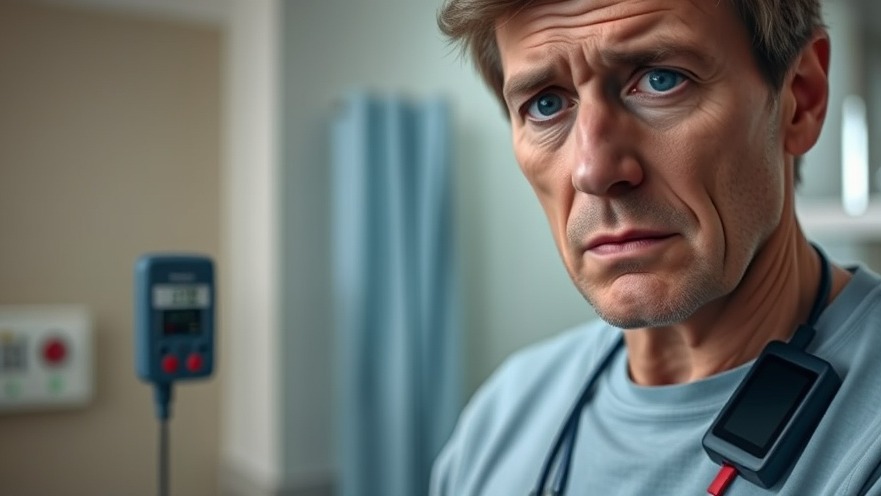
Understanding the Risks of Handheld Electro-Shockers for Cardiac Patients
Recent research published in Heart Rhythm has raised alarm bells concerning handheld electro-shockers—devices commonly employed for self-defense. A study conducted by Dr. Felix K. Wegner and his team at the University Hospital Muenster, Germany, revealed that these devices can significantly interact with cardiac implantable electronic devices (CIEDs) like pacemakers. This can pose serious risks to patients who rely on these lifesaving technologies.
Why Are Electro-Shockers Becoming a Concern?
Electro-shockers deliver superficial energy intended to incapacitate an aggressor. Unlike TASERs, which projector darts up to 10 meters away, handheld electro-shockers make direct contact with the target. The risks posed by this misuse of such devices are often overlooked, especially since they are legal and readily accessible in many jurisdictions. The study is notable as it is the first to comprehensively assess how these electro-shockers can impact patients with CIEDs, filling a significant gap in existing literature.
How Do Electro-Shockers Interact with Cardiac Devices?
The interaction between handheld electro-shockers and CIEDs is complex and multifaceted. According to the findings, two primary factors influence the degree of risk: the voltage applied by the electro-shocker and the specific design of the cardiac implant. Analysis showed that the highest-voltage device tested, the PowerMax with 500,000 volts, presented severe risks, particularly by potentially delivering inadequate shocks through implantable cardioverter-defibrillators. Conversely, units like the Electric Guard and Bikenda, with lower outputs, exhibited much-reduced risk profiles.
The Implications for Health Practitioners
For concierge health practitioners, this study emphasizes the importance of considering all aspects of a patient's lifestyle, especially regarding their physical safety when using self-defense tools. Since patients with CIEDs may not be fully aware of the dangers posed by handheld electro-shockers, healthcare providers have a role to play in ensuring patients are informed.
General Public Awareness and Manufacturer Guidelines
Current manufacturer guidelines fail to adequately address this potential danger, prompting calls for a reassessment of how these devices are marketed and understood. Patients and their families need clear, accessible information about the complexities surrounding CIED compatibility with non-medical electric shock devices. Enhanced public awareness can serve as a preventative measure for at-risk populations.
Future Trends: A Regulatory Perspective
As electro-shockers grow in popularity, health regulators may need to step in to enforce stricter guidelines and safety standards. The balance between public safety and personal freedom in carrying self-defense devices warrants close examination. Future studies could guide regulatory bodies in developing comprehensive frameworks that address the interaction between personal safety devices and medical technology.
Common Misconceptions About Self-Defense Devices
One prevalent misconception is that standard safety measures surrounding self-defense tools equally apply to all individuals without considering their health status. Many users assume that the risks associated with handheld electro-shockers apply only to the general population, overlooking that individuals with CIEDs face specific dangers not adequately covered in existing literature.
Next Steps for Health Practitioners
The onus is on health practitioners to stay abreast of technological advancements and potential threats like those posed by electro-shockers. This knowledge enables them to provide informed guidance to their patients. Implementing regular health assessments that include discussions about lifestyle factors such as personal safety devices can help mitigate risks.
In closing, patient safety in the context of self-defense devices is not merely a topic of interest; it is a practical health concern. Practitioners should actively engage in ongoing dialogues with their patients about these risks, leading to increased awareness and safer practices.
Stay informed, protect your patients — consider how the tools we allow in society impact their well-being.
 Add Row
Add Row  Add
Add 






Write A Comment